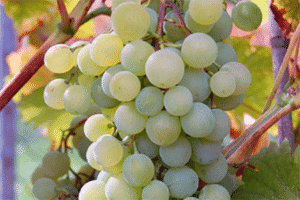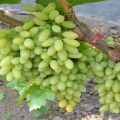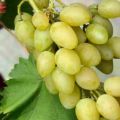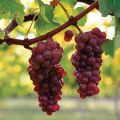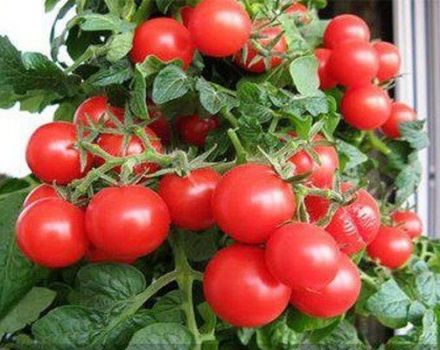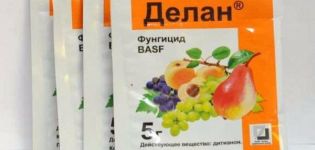Description and characteristics of the Kishmish Radiant grape variety, its pros and cons
Kishmish Radiant is ranked among the best seedless grape varieties of medium early ripening, originally from Moldova. This hybrid is distinguished by a consistently high yield and cold hardiness, which makes it suitable for cultivation in adverse climatic conditions. The sweet taste of berries and large-fruited grapes also brought wide popularity to the variety.
A bit of history
The grape variety Kishmish Radiant is relatively young - it was bred by a group of breeders of the Moldavian Institute of Viticulture about thirty years ago. The hybrid inherited the characteristics of two other varieties used in its creation: Kishmish Cardinal species (American origin) and Pink Kishmish species (Armenian). The result of the researchers' work was a high-yielding table grape variety with large berries.
Description of grapes Kishmish Radiant
The hybrid is a medium-ripening variety - the bunches ripen within 120-130 days. Kishmish berries Radiant light pink color, juicy, crunchy, with elastic thin skin and light nutmeg aroma. Despite the fact that in the description the variety is indicated as seedless, barely noticeable rudiments of seeds are occasionally found in large berries. The size of the berries ranges from 25 to 30 millimeters in length.
The bunches of the variety have an oblong conical shape, their weight, on average, varies from 200 to 800 grams.
The structure of the bunch is loose. Grape bushes Kishmish Radiant vigorous, branched, with a strong vine. The leaves are small, heart-shaped. The sugar content of the variety is 17-21%, the acidity is 6-7 grams per liter.
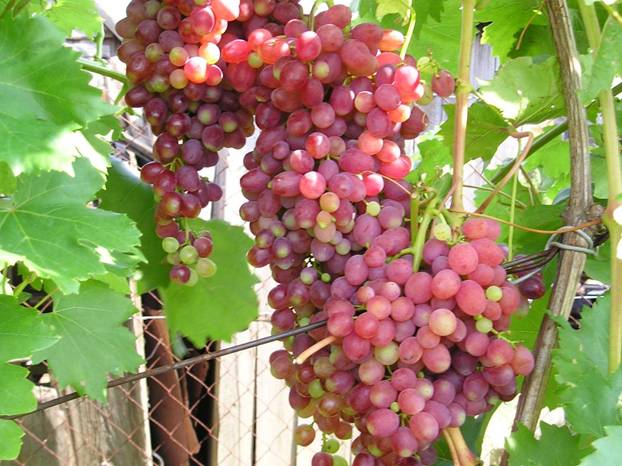
Important! The variety is often confused with another table hybrid - the Kishmish Radiant species, which is the result of the selection of the Kishmish Talisman and Kishmish Radiant varieties.
What are the advantages and disadvantages of the variety?
Radiant Kishmish stands out against the background of other varieties with a number of advantages:
- Good ripening of shoots - 60-70% of them are fruitful.
- The structure of the vine - for the winter it can be removed from the support. This allows the grapes to be sheltered for the winter, making the hybrid popular in cold regions.
- Seedlessness - seed rudiments are found only in especially large berries.
- High yield - 30-40 kilograms of grapes are removed from one bush.
- Good transportability - the elasticity and thickness of the skin make it easy to transport berries over long distances.
- Resistance to many diseases - in particular, the variety rarely suffers from gray rot and powdery mildew.
- Preservation of taste and attractive appearance for a long time - ripe berries can remain on the branches for a long time.
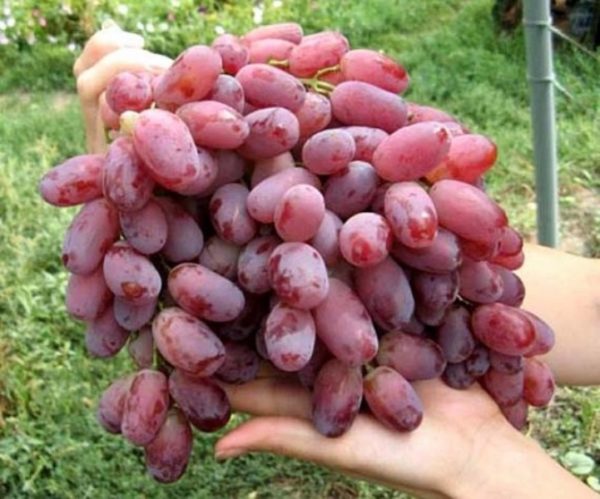
The disadvantages of the species include exactingness to the level of care and the weight of the bunches - their weight, with proper care, can reach 2 kilograms, which is fraught with breaking off the vine. Also, a high level of sugar content attracts wasps.
Timing and tips for landing
Unlike most other species, Radiant Kishmish must be planted in an area with good ventilation. In addition, this hybrid loves space - the distance between two adjacent bushes should be at least 2.5 meters. Planting holes for seedlings are prepared 1-2 weeks before planting. The optimum pit size is 80 by 80 centimeters. Fertilizers are placed at the bottom of the pits.

Grapes are planted in spring or autumn, with an orientation to local climatic conditions.
How to properly care for?
The care of the variety consists in regular watering, periodic feeding, pruning branches and timely creation of supports, with the help of which the breaking of heavy branches is prevented. The type of fertilizer depends on the quality of the soil - on alkaline soils it is recommended to feed the grapes with potassium, on acidified soils - with phosphorus and sodium. Excess fertilization can affect the formation of ovaries and delay the onset of flowering.
Also Kishmish Radiant must be cut off, while its dry parts are removed. This is done in order to stimulate the growth of the shoots and provide a better set of berries. Water the grapes every 3-4 days, while each bush should take no more than 6 buckets of water. Waterlogging of the soil can lead to the disappearance of the characteristic flavor of nutmeg in the berries.
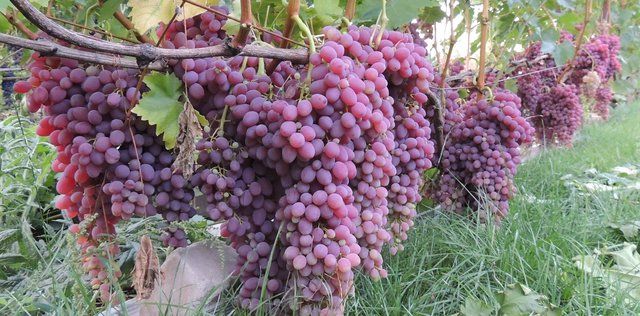
When is the harvest expected?
With proper care and regular pruning, Kishmish Radiant begins to bear fruit already in the second year of life. Berries usually ripen by mid-August-early September.
Breeding features
Kishmish Radiant is propagated both by cuttings and with the help of seedlings, but the first method is especially popular. The yield of seedlings from cuttings reaches 70%. In addition, there is an opinion that propagation by cuttings is more rational - independent cultivation and planting of cuttings reduces the risk of infection in the vineyard.
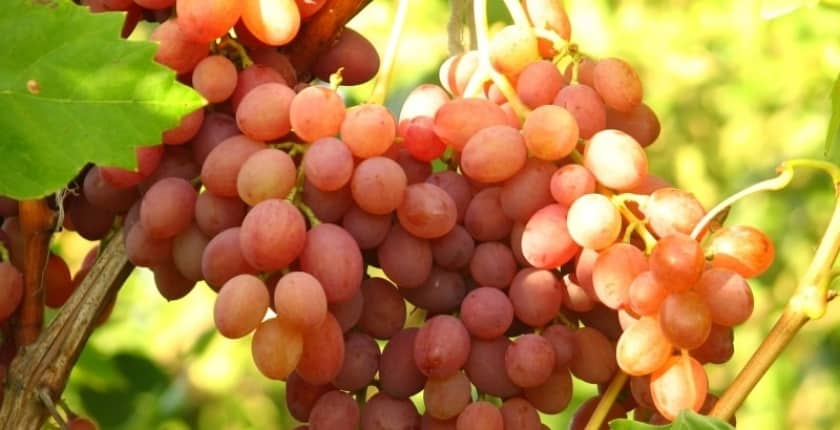
Diseases and pests of the variety
The hybrid is resistant to most fungal diseases, which include gray mold, powdery mildew and oidium, but prevention is never superfluous. In order to prevent the development of infection, plants are treated with fungicidal preparations, but this is recommended before flowering begins.
The high level of sugar content attracts a large number of wasps, which can be scared away with chemicals. However, most gardeners use more gentle methods - you can distract insects with jam traps.
